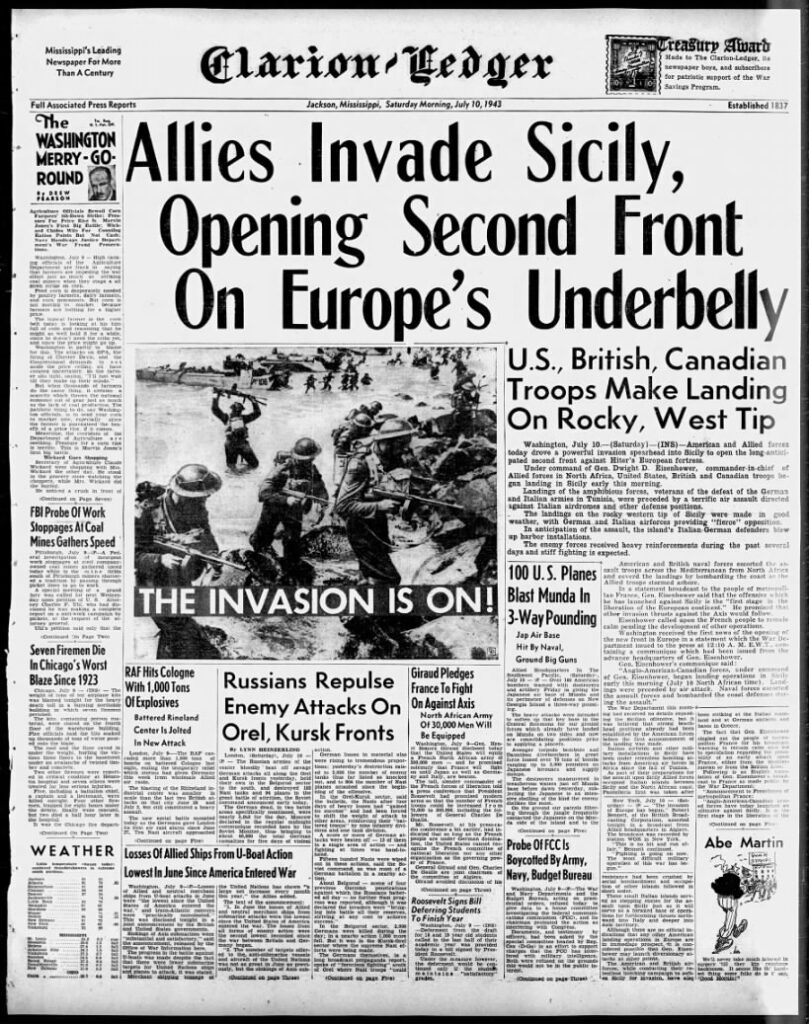
We are returning to the Easy company of the First Infantry Division of Field of Fire for the next stop of our campaign. We left hot, dry North Africa behind us and will now fight in hot, dry Sicily. I was flattered by the number of commenters who proposed their names for squad leaders, and thanks to them we now have a full line-up!
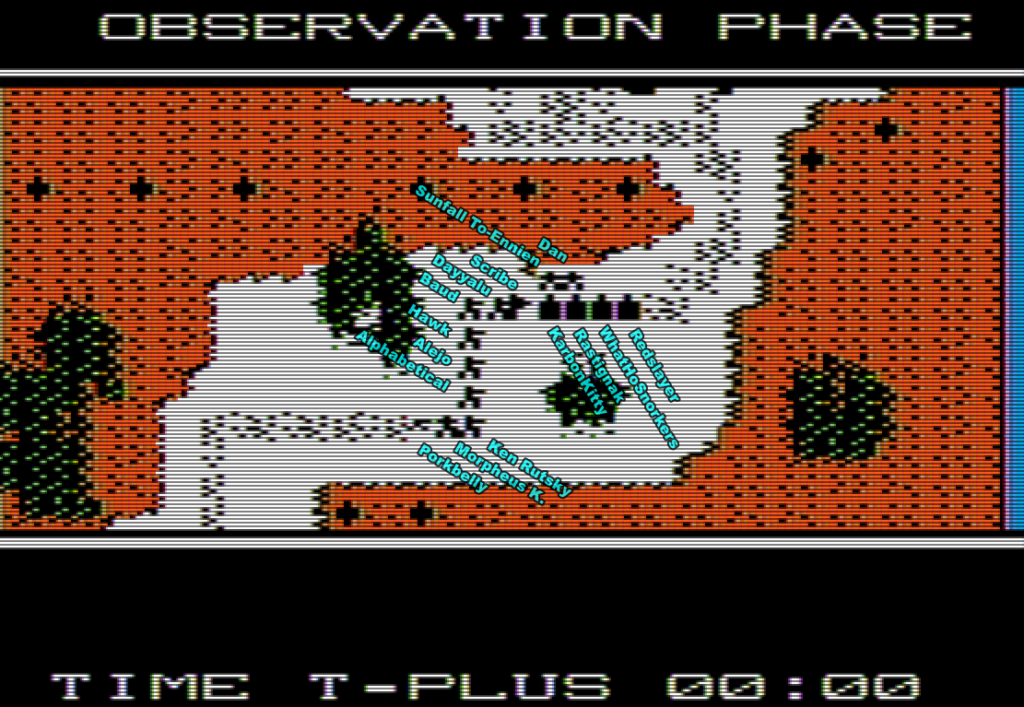
More specifically, this time we have:
- 4 tanks (Redslayer, WhatHoSnorkers, Rastignak and KarbonKitty)
- 6 infantry squads (Dayyalu, Baud, Hawk, Alejo, Alphabetical and Ken Rutsky)
- 2 forward observer squads (Sunfall To-Ennien and Dan), who will be able to rain off-map artillery on enemy positions,
- 1 bazooka squad (Morpheus Kitami),
- 1 MG squad (Porkbelly),
- 1 HQ Squad (myself, Scribe),
Some of the squads have returned from the previous mission, but most are new. A few of the squads used in the previous mission are, alas, not available.
The Forever Road mission introduces for the first time in computer wargaming a staple of beer-and-pretzel game design: the impossibly sinuous road. My force must cross the battlefield and exit North of the map in less than 2 hours, wiping out as many enemies as possible on the way.
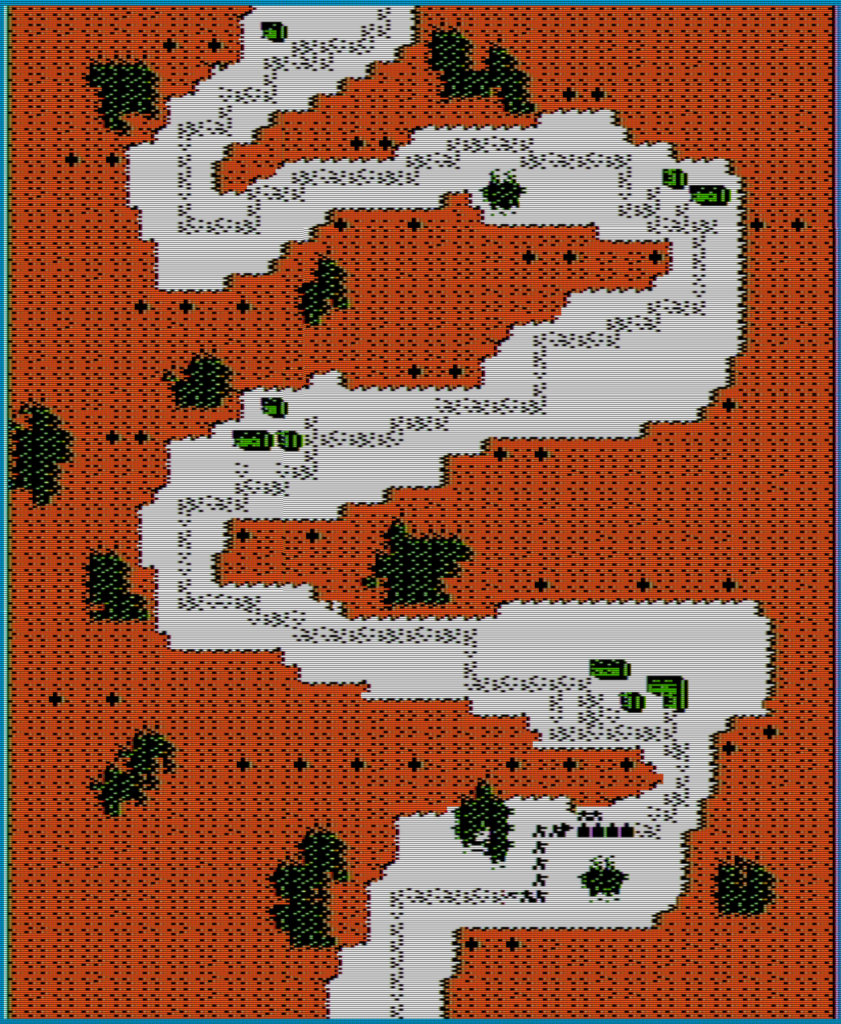
Field of Fire, it turns out, manages different levels of elevation in a pretty organic way – the second game doing it after Close Assault: units on crests can shoot downwards, but units deeper on the mountain cannot attack or be attacked by units in the valley. Tanks, of course, have to follow the valley, so the obvious strategy is to get my men on the mountain while the tanks follow the road. I also plan to preventively shoot at every single building I encounter on the way to “reveal” enemy units – as we know, it’s not a war crime if you are the Western Allies.
As Baud and Dayyalu pass the first segment of the mountain, they are suddenly fired at by a machine-gun on the other side of the valley. My men return fire and my forward observers frantically transmit coordinates to the artillery, but then Dan is suppressed by a machine-gun firing from the village. While this happens, it takes me some time to notice that Baud is also engaged by units hidden in a forest on the other side of the mountain.
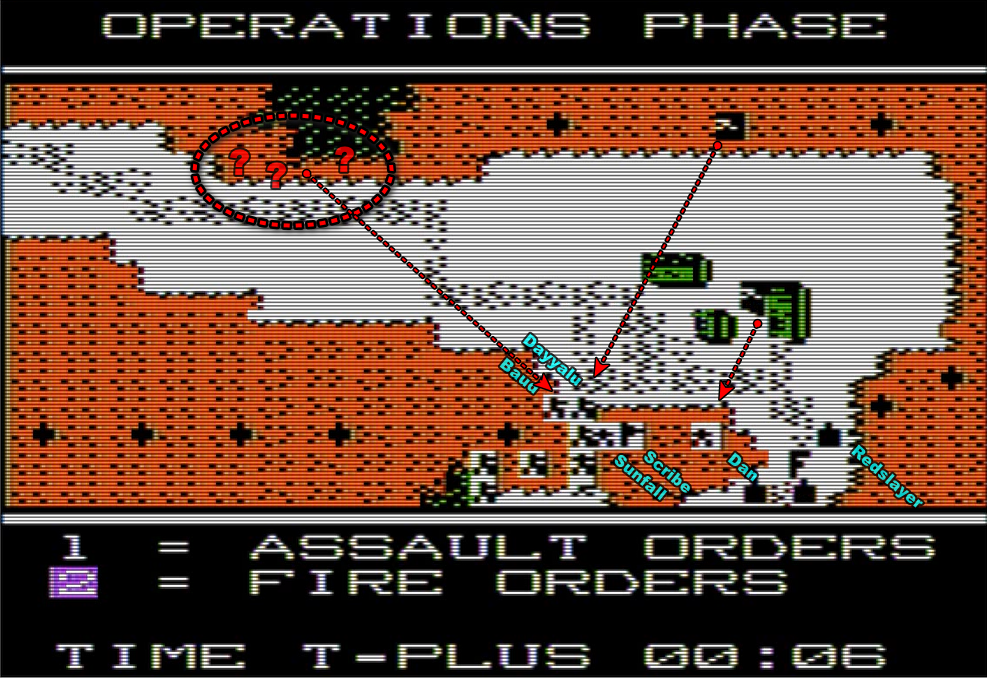
Baud’s squad quickly accumulates losses, and soon it’s only Baud and one of his buddies left. I put his squad at the back of my force – it will avoid combat until the end of the battle.
Meanwhile, my tanks have reduced to silence the machine-gun hidden in the village. They advance to engage the second machine-gun… which wisely moves back one square deeper in the mountain. It is now shielded from my tanks in the valley but is still able to engage my soldiers on the mountains, so it is a surprisingly smart move for a 1984 game.
I decide to solve the machine-gun problem by ordering my artillery to pummel it while firing at it with my high-range HQ squad. Unfortunately, I mix up the “fire” and the “movement” orders, so Sunfall and myself march to the enemy instead of destroying it. Half of Sunfall’s squad is mowed down.
While this unfolds, the rest of my infantry follows the campaign to find whoever was shooting at Baud, and they find an anti-tank (AT) gun. A nearby Axis infantry unit is revealed a bit later, after it managed to shoot down several of my men.

A fairly long firefight followed, and while the German infantry is eliminated, the enemy gun just won’t die – the best I manage to do is suppress it. Eventually, when I am really really sure it stopped shooting, I bring the tanks and they destroy it. By that point, Scribe and Dan have destroyed the enemy machine-gun.

The area is clear of enemy. As I scout a bit further with my personal squad, I detect two enemy tanks on the road. I am also engaged by a hidden unit shooting from one of the raised area, so I fall back.
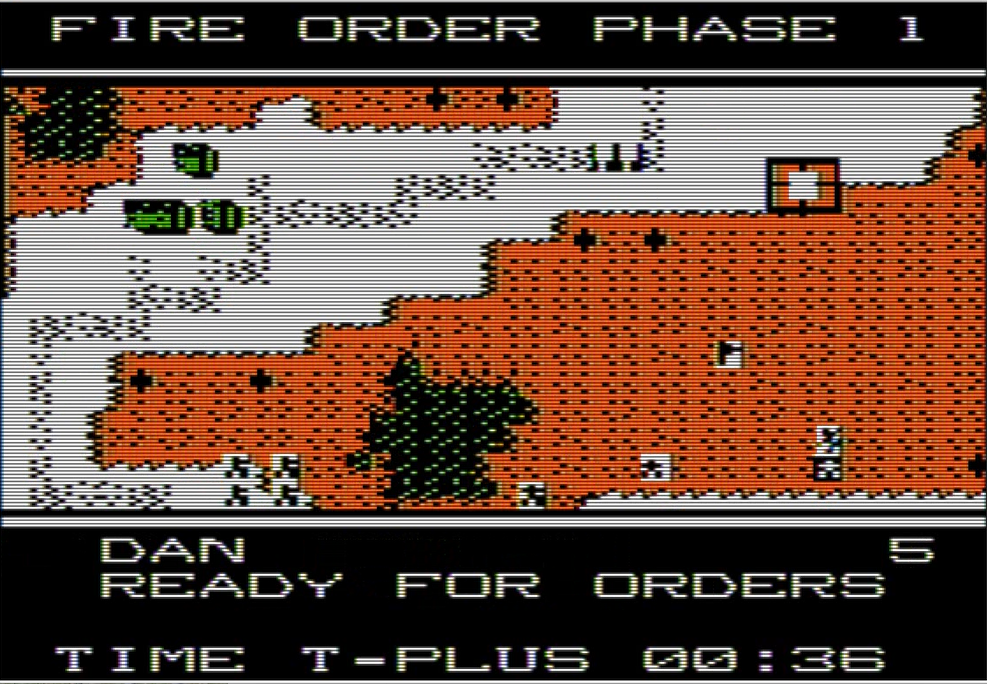
The Axis moves according to its weird “turn-based” rule, so the tanks politely stay where they are while I prepare my force. The plan is to keep everyone out of view until the tanks play their “turn” and approach…
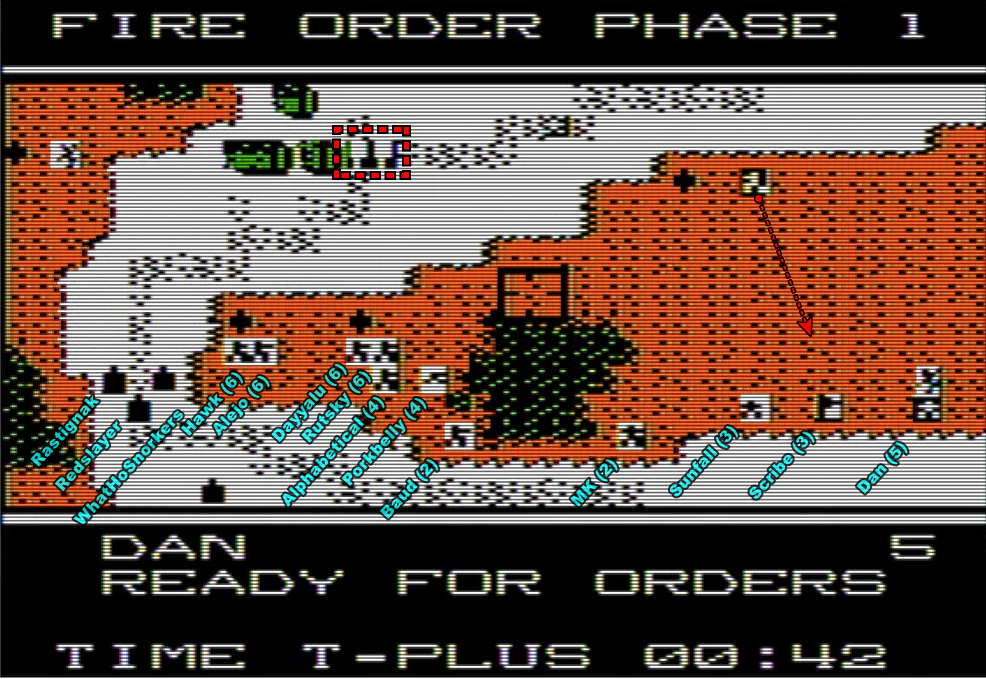
… and then they dart forward when they do, all guns blazing.
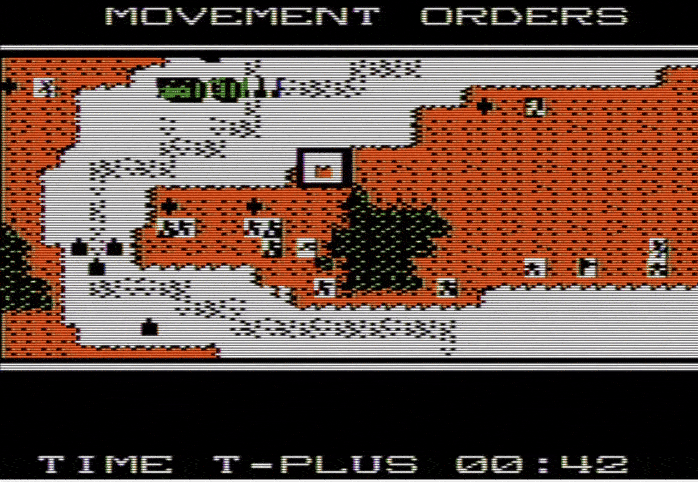
One German (or Italian?) tank is immediately destroyed, the other one soon shares its fate.
I then lay fire to the buildings, revealing a Panzershreck unit that is soon eliminated.
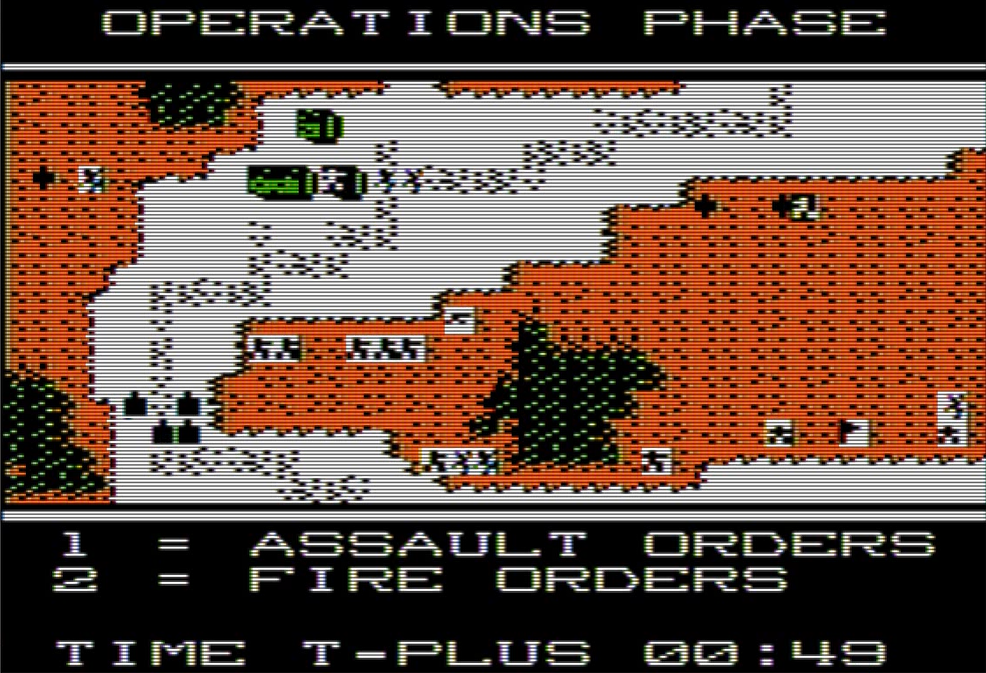
This clears the situation for a while, and the infantry resumes its exhausting trek across the valley. Some infantry engages my soldiers, but they’re assaulted by Hawk’s squad who wipes them out.
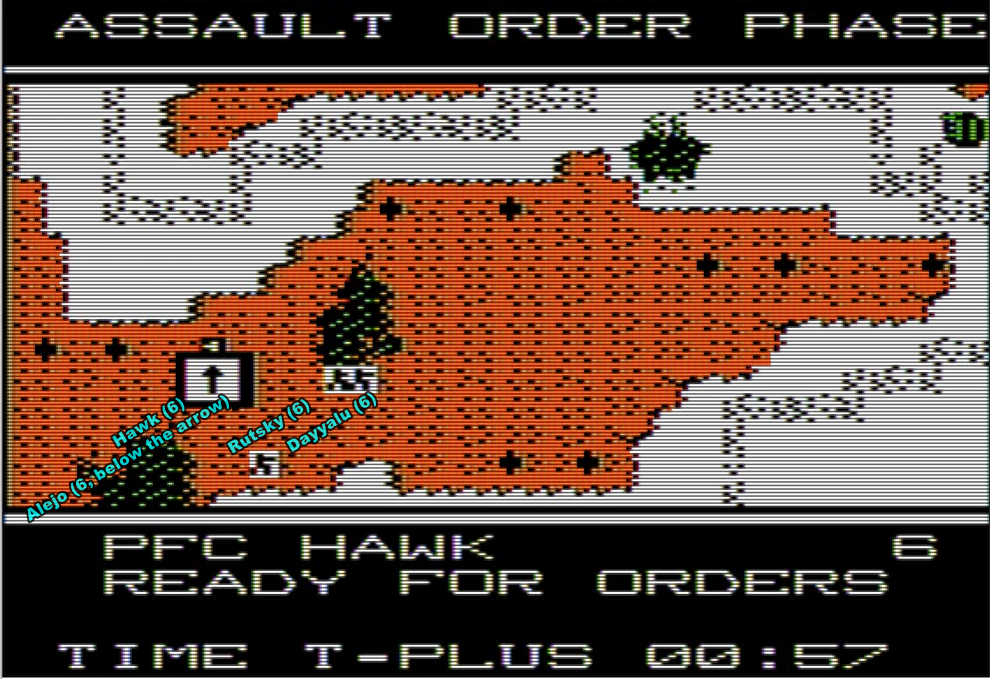
Soon thereafter, the group is engaged by an AT gun across the valley, supported by some infantry. After failing to suppress the gun and losing some more men in the attempt, I remember my lesson from the previous AT gun encounter. I retreat while my artillery spotters call 1-800-I-NEED-SUPPORT – when they are on top of their little crosses, my forward observers have almost unlimited range.
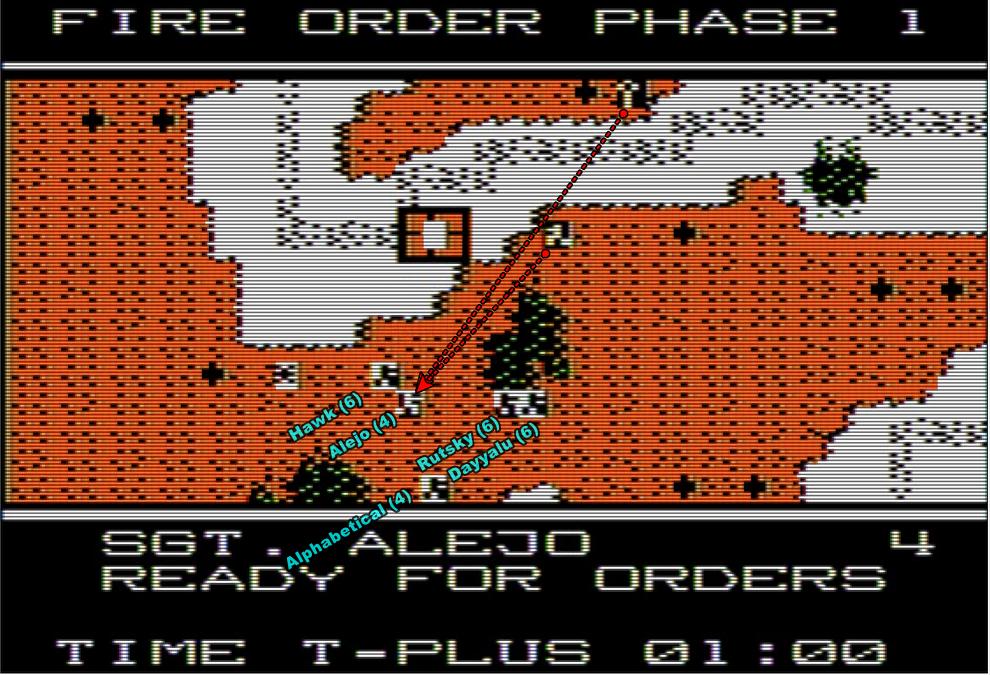
While I was losing men for nothing on the mountain, my tankers continued their long and safe journey, shooting at whatever is standing out, revealing this way another Panzershreck unit. The Panzershreck falls back behind the building, but unfortunately for it, there is a narrow angle through which I can still shoot it, and it simply dies before being able to relocate a second time. Above the tanks, Dayyalu reports an enemy machine-gun and several dead squad members.
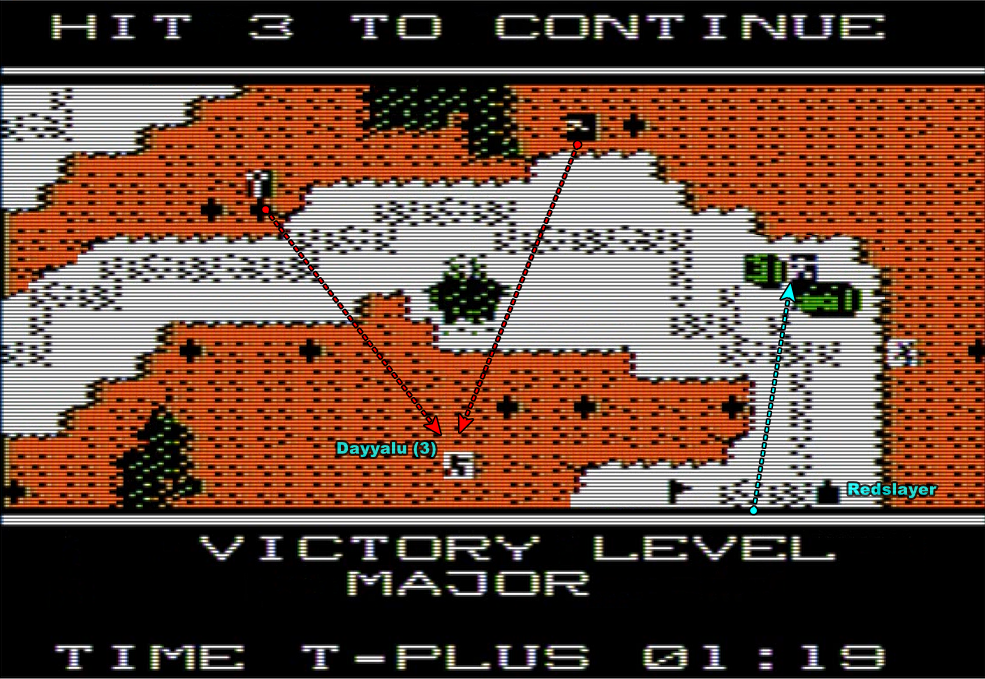
With the Panzerschrek eliminated, my tanks can approach the machine-gun and destroy it, before taking a pause while waiting for my artillery to eliminate the AT gun, which takes some time but it’s not like my forward observers have anything better to do.
The advance resumes, and my infantry crosses the valley for the last time. For a while, I don’t see any additional enemy… until a German infantry unit hidden in a patch of trees is revealed at the worst possible moment: just when Baud’s and Dayyalu’s depleted squads pass nearby. Everyone shoots at the Germans and Hawk’s squad assault them, eliminating the threat. Hawk’s squad has conducted the two assaults of this battle.
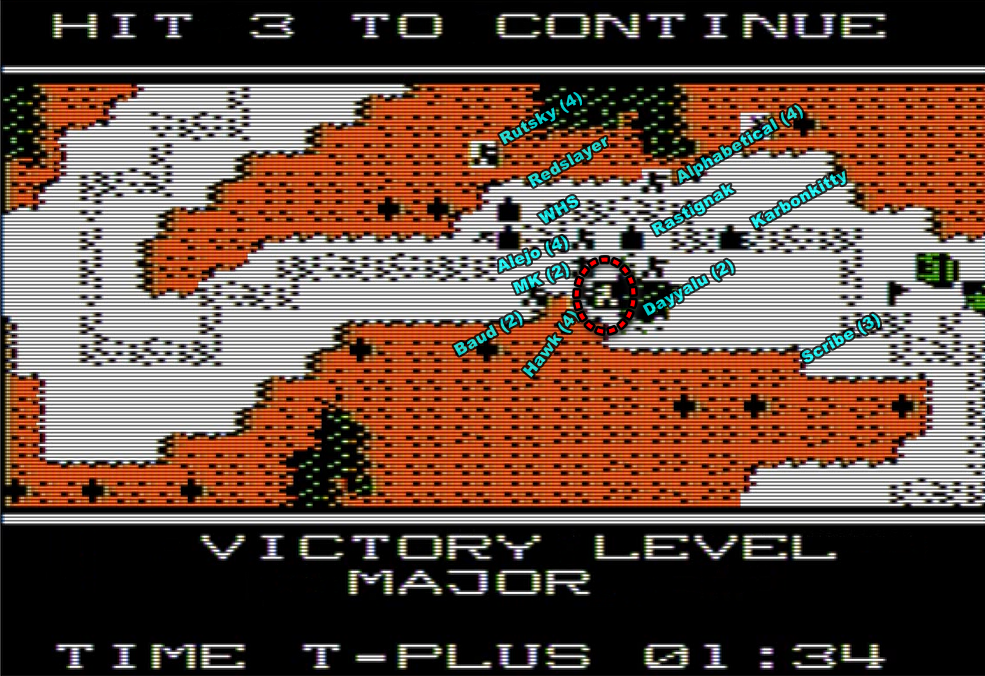
My men exit the map North. A last enemy group is detected after almost all my men have already left the map, but my tanks easily destroy it.
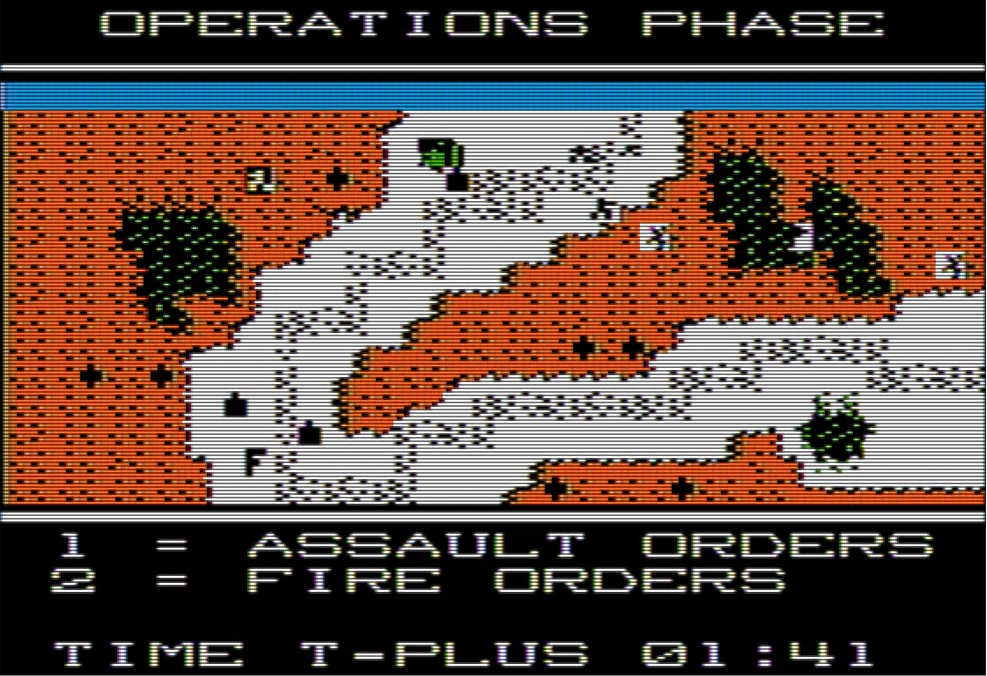
The battle is over. Except for an early mishap, I found it extremely easy as I could destroy the enemies piecemeal, and I never felt in danger. Frustratingly, my “Major Victory” was converted into a “Moderate Victory” after the battle ended, even though there was apparently no enemy remaining on the map that could have cost me points. No biggies, I have 6 more battles to catch back.
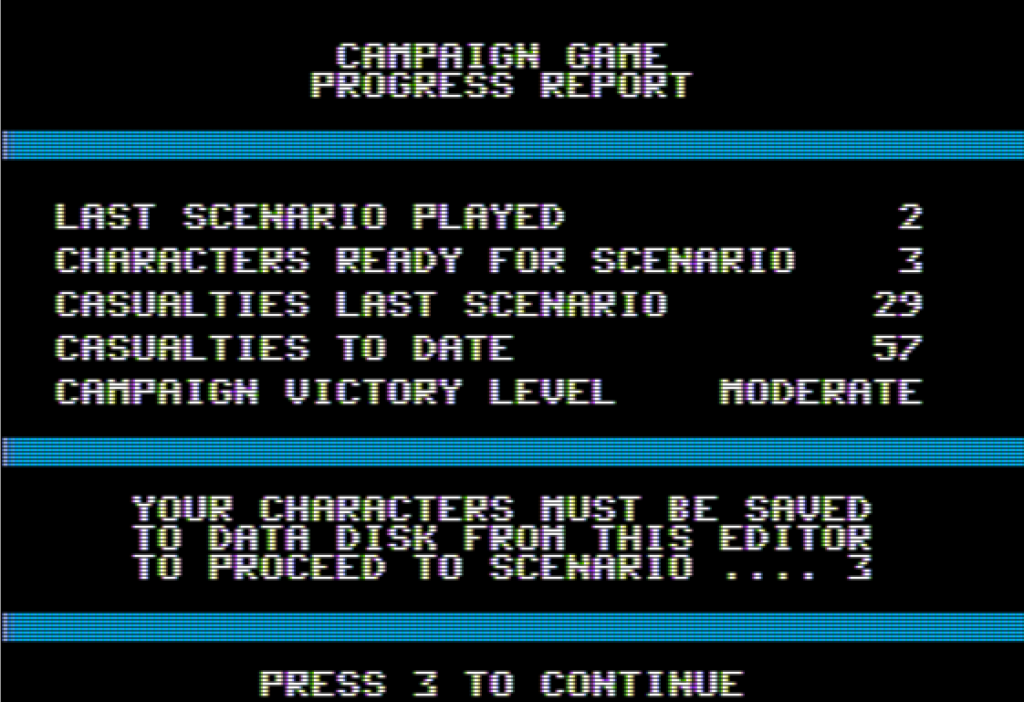
Next battle, we are leaving dry and hot Sicily for wet and cold Normandy. There will be another landing, but I am sure it will be as eventless as the one in Sicily.
Duration of the battle: 1h 40 minutes